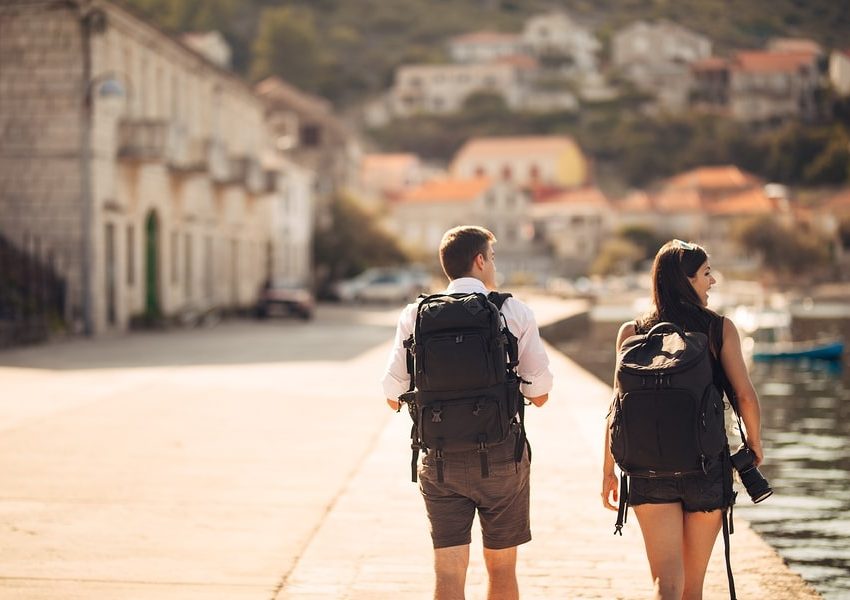As much as paddle boarding has become popular, its safety is often overlooked. Knowing how to paddle is one thing and observing safety measures is another. Excitement should not cause one to throw caution to the wind when embarking on a paddling adventure.
Here are a few safety measures to take before hitting the waters.
1. Monitor The Weather Conditions
Changes in weather patterns may spell danger for a paddler.
Sunrise/ Sunset
Are you in a new or a foreign place? Get to know the sunrise and sunset times so that you don’t paddle board in the dark. Schedule your paddling sessions appropriately.
Wind
This is an important weather condition to consider. High winds chop up the water, making it hard for a beginner to paddle. If the wind goes beyond 10 knots, sup boarding is rendered unsafe. Also, check the wind direction. Consider going against the wind as you hit the water so that you may have it easy on your way back.
Tides
Understanding the tides is important for sup boarding in the oceans because a slight change in the tides may move you miles away. As you plan your paddling session, work around the tides to avoid paddling exhaustion. Doing so will also save on the time you use to get back to the shores.
2. Safety Gear
Ensure you arm yourself with these safety gears
· Sup personal flotation device (PFD)
· Sup leash
Sup Pfd
Do not go past the deeper limits of swimming without a personal flotation device for safety. It’s a requirement by law to wear a PFD if you pass the narrow limits of swimming. Ensure the PFD has maximum buoyancy.
SUP Leash
A leash ensures that the stand up paddle board is always tethered to you no matter the water conditions. Use a coiled leash in flat waters. A straight leash is ideal for the ocean because it is strong enough to withstand troubling white waters. A quick-release leash is good for the rivers or where there are rocks and branches.
3. Important Paddling Skills
Kneeling And Prone Paddling
Sup boarding on the knees is important to learn in case the paddle board breaks up. This also helps if the weather is strong and the currents are blowing against you.
Flip Rescue
With your sup board partner, learn how to perform a flip rescue. First, practice in still waters, then in moving waters when you are confident enough.
Additional Tips
Sunscreen
Apply your skin with sunscreen to protect yourself from the harmful UV rays. A rash guard or a hat will also help protect the skin.
Find A Partner
Paddle boarding alone is not safe. It will be fun to paddle with a partner, but it will also be helpful in a mishap such as a leash snapping. You need someone to help or help you during such times.
Conclusion
Of all the other times, summer is the best for paddle boarding. Follow these guidelines the next time you hit the waters during summer, and a safe paddling experience is guaranteed.








